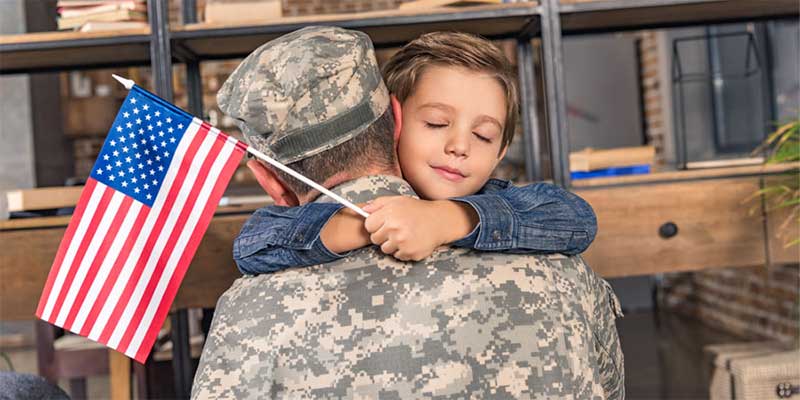Study Skills
Active Students Learn Better

One of the frustrations of anyone who has ever tried to hold the attention of young children is that they are easily distracted and may have a hard time focusing on important tasks. For schoolteachers, this is an especially irksome challenge. How do you teach children to write the alphabet when you can’t hold their attention for more than five minutes? But research suggests that what seems like a weakness may actually be one of children’s greatest strengths. We know that children have flexible minds and can learn remarkable amounts of material in a short amount of time. But by staying active, young people can actually increase their focus and be better students.
One of the biggest frustrations teachers of young children encounter is the tendency of small children to be overly active in the classroom. Even getting students to stay in their seats can be a challenge. But thoughtful teachers can use this to their advantage. By incorporating this energy into their lessons, educators can help students to stay more engaged with material. Imagine a lesson where students have to respond to a math problem by clapping to indicate the answer. If the answer is four, students will clap four times. Another possibility is to have students get up, get moving, and use props as part of their lessons. You might teach a lesson where students have to walk to one end of the room and retrieve the correct prop to indicate the answer to a question. These kinds of simple activities make the most of the energy that children bring into the classroom.
There is good reason to think that students’ energy is an important part of the learning process. Studies have shown that children who are more physically active do better on standardized tests and generally perform better in school. These effects are especially pronounced in young boys. Just like for adults, who may notice that they feel better after doing yoga or going for a run, exercise has remarkable benefits for young children.
This doesn’t mean that children have to do a full hour of exercise at school. Just getting up and walking around the room can be helpful. As both parents and teachers of young children can attest, young people have lots of excess energy that they need to expend during the day. Incorporating this energy into classroom lessons can be a powerful teaching tool that helps to settle the minds of restless students, and increases their focus on challenging tasks.
Of course, it will take some practice to find the right mix of activity and instruction. We don’t want to introduce physical activities that ultimaty distract our students. But by thoughtfully incorporating movement into daily classroom instruction, we can create classrooms that make the most of young children’s unique energy and invite them to be fully engaged in their education.


